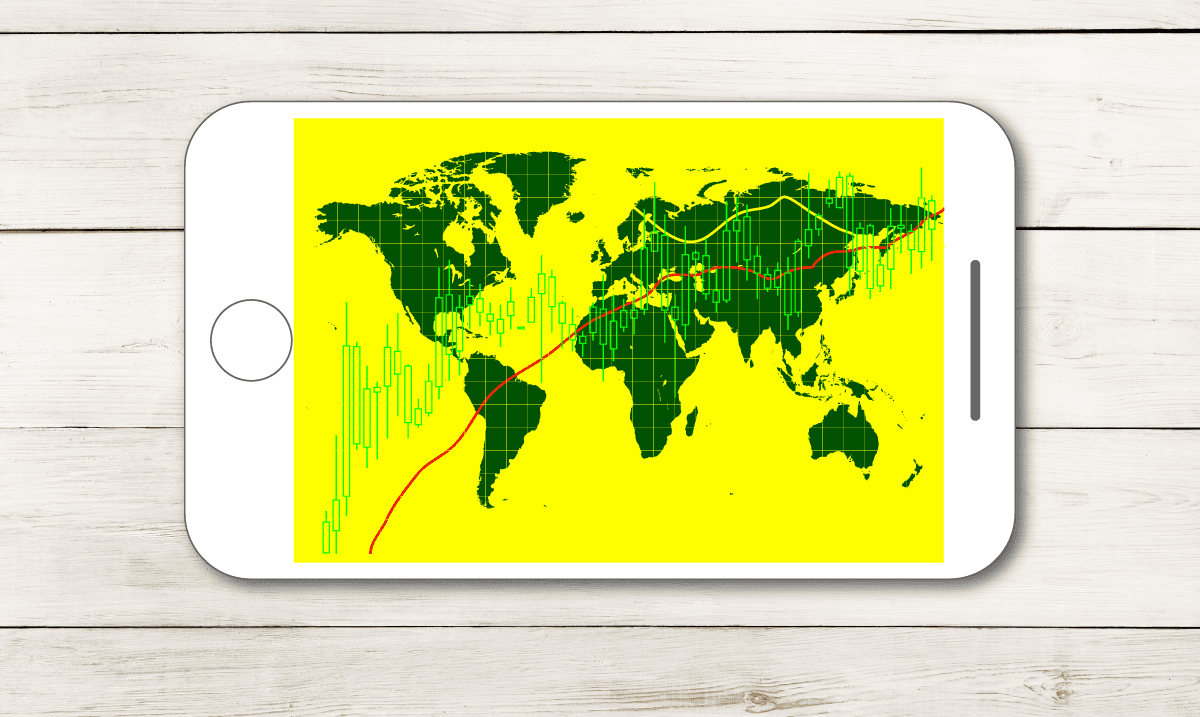Snap Inc.’s upcoming initial public offering (IPO) is the cause of much speculation and anticipation – not to mention a hefty dose of skepticism or excitement, depending on who you talk to.
Snapchat’s parent company recently made its public S-1 filing with the SEC, which gives us a first peek at Snap’s growth, income, users, ad products and other important data. Snap has reportedly valued itself at $25 billion and plans to offer $3 billion worth of non-voting shares in March. But what does all this mean for the company (and the brands and users that love it)? Let’s look past the hype and see what we can expect from Snap in the future.
Strengths & Weaknesses
Snap is showing strong revenue growth, but it’s still losing a significant amount of money each year. In 2015, it posted $58 million in revenue and a net loss of $372 million; in 2016, it had $404 million in revenue and a net loss of $514 million. For a $25 billion valuation, this is a 62x price-to-sales ratio, while Facebook’s ratio is only 13x. Some analysts predict that Snap’s revenue this year will reach $1 billion.
Snap has a robust and highly engaged audience: 158 million daily users, who use the app an average of 18 times, and send more than 2.5 million snaps each day. Snapchat has especially resonated with the coveted 18-24 year old age group, who flock to the app for its novelty, instant gratification and interactivity. Snapchat unapologetically speaks to a younger generation, which has so far kept it from opening to a wider audience like Facebook has; 70% of Snapchat’s user base is in their 20s and early 30s.
But rate of growth has been slowing down. Last year, users grew 60% and 66% in the first two quarters of the year, but just 55% and 46% in the last two quarters. Snap said this drop was due to “performance issues” in an Android product update and “increased competition” from companies launching similar products (translation: Instagram Stories, which debuted last summer, is taking its toll on Snapchat).
The Competition
One of the biggest challenges Snapchat faces is copycat products from rivals. Though Facebook had a few stumbles in the past while trying to clone Snapchat’s features, it had great success with Instagram Stories, reaching 150 million daily users. It’s now testing Facebook Stories, Messenger Day and WhatsApp Status with similar functionality.
Facebook is also working on Facebook Live “masks” that replicate video and photo snaps, and “Collections,” which will be similar to Snaptchat’s Discover section. Facebook has made it clear that video will continue to be a priority for the company, and it just hired the head of video personalization from Netflix.
Unique Potential
Snapchat continues to stand out in its novel, engaging and authentic approach to incorporating advertising. The fleeting nature of Snapchat content encourages users to check back constantly for new updates – and this FOMO is a great selling point for advertisers.
Custom Geofilters let even small brands connect with their users around events or special promotions. Sponsored Lenses rack up a hefty price tag ($450,000 to $750,000 a day), but users can’t get enough of them; successful lenses can generate millions of views and sent snaps. Snap’s ads rank first in advertiser satisfaction, over Facebook, Instagram, YouTube and Google. And Snapchat Spectacles may not be exactly mainstream yet, but they are affordable, fun and easy to use. Wearers can record and share 10-second circular videos wirelessly.
The big question is: can Snap continue to engage users, launch innovative products, and grow to support its ambitious IPO? It’s hard to say with any certainty; Facebook shares have risen 250% since its 2012 IPO, while Twitter shares have dropped 28% since its 2013 IPO. But if Snap can control its revenue losses and stalled user growth, and keep building compelling features and ad products, it has a lot of exciting potential.

